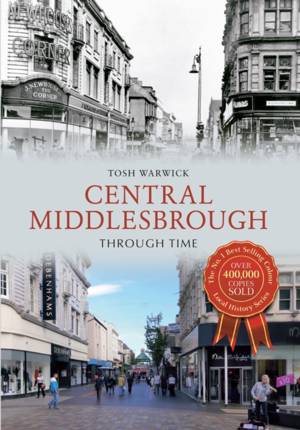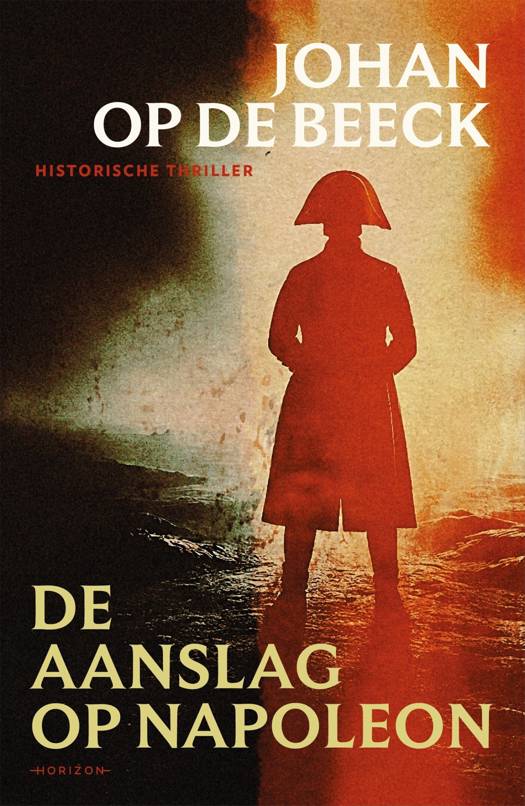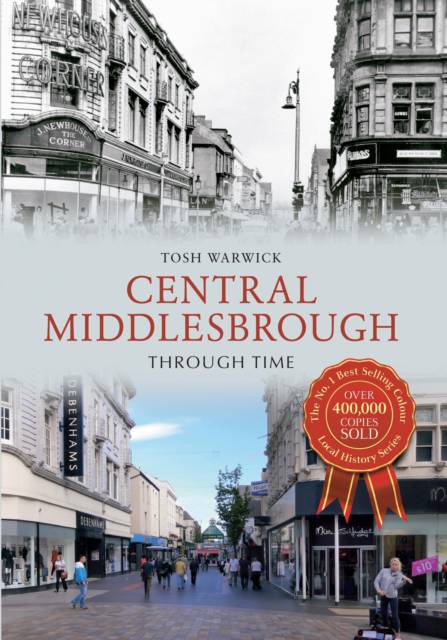
- Afhalen na 1 uur in een winkel met voorraad
- Gratis thuislevering in België vanaf € 30
- Ruim aanbod met 7 miljoen producten
- Afhalen na 1 uur in een winkel met voorraad
- Gratis thuislevering in België vanaf € 30
- Ruim aanbod met 7 miljoen producten
Zoeken
€ 22,45
+ 44 punten
Omschrijving
It is hard to imagine the Middlesbrough area before its industrial might was established. In 1801, the area was a small hamlet with a population of just twenty-five. Middlesbrough's growth began with the development of the coal export trade in the area, but expanded rapidly with the discovery of extensive iron ore deposits in the Cleveland Hills. The burgeoning manufacturing town subsequently gained the nickname 'Ironopolis' and was hailed as 'the youngest child of England's enterprise'. It is thought that Middlesbrough was the first major British town and industrial target to be bombed during the Second World War. The steel industry and railways were obvious targets for the Luftwaffe. Middlesbrough suffered heavy damage and following the war substantial redevelopment was necessary. The substantial changes the town has since seen are explored in this fascinating volume, celebrating the rise of Middlesbrough from the ashes of its past.
Specificaties
Betrokkenen
- Auteur(s):
- Uitgeverij:
Inhoud
- Aantal bladzijden:
- 96
- Taal:
- Engels
- Reeks:
Eigenschappen
- Productcode (EAN):
- 9781445610603
- Verschijningsdatum:
- 15/10/2013
- Uitvoering:
- Paperback
- Formaat:
- Trade paperback (VS)
- Afmetingen:
- 165 mm x 234 mm
- Gewicht:
- 307 g

Alleen bij Standaard Boekhandel
+ 44 punten op je klantenkaart van Standaard Boekhandel
Beoordelingen
We publiceren alleen reviews die voldoen aan de voorwaarden voor reviews. Bekijk onze voorwaarden voor reviews.











